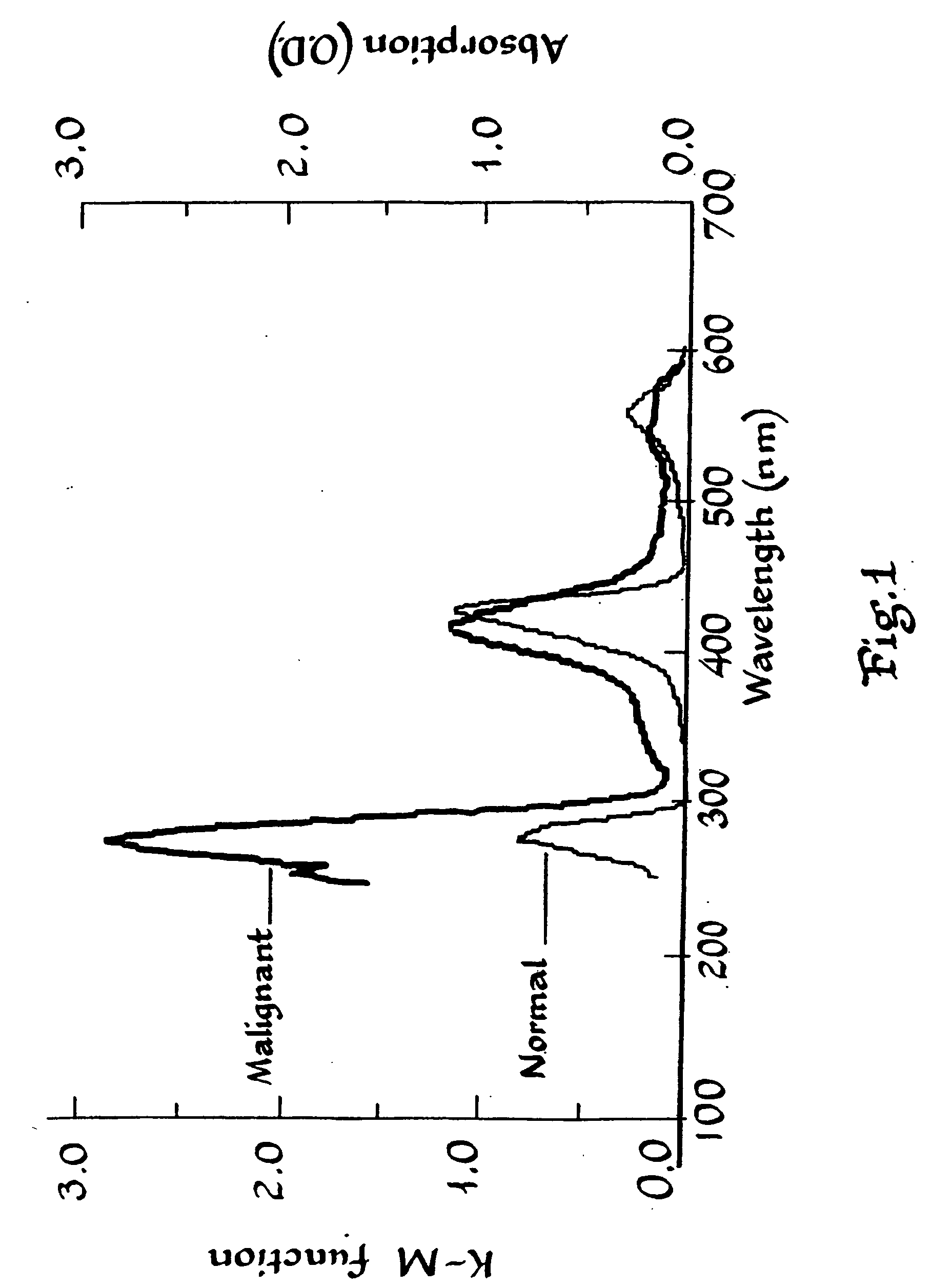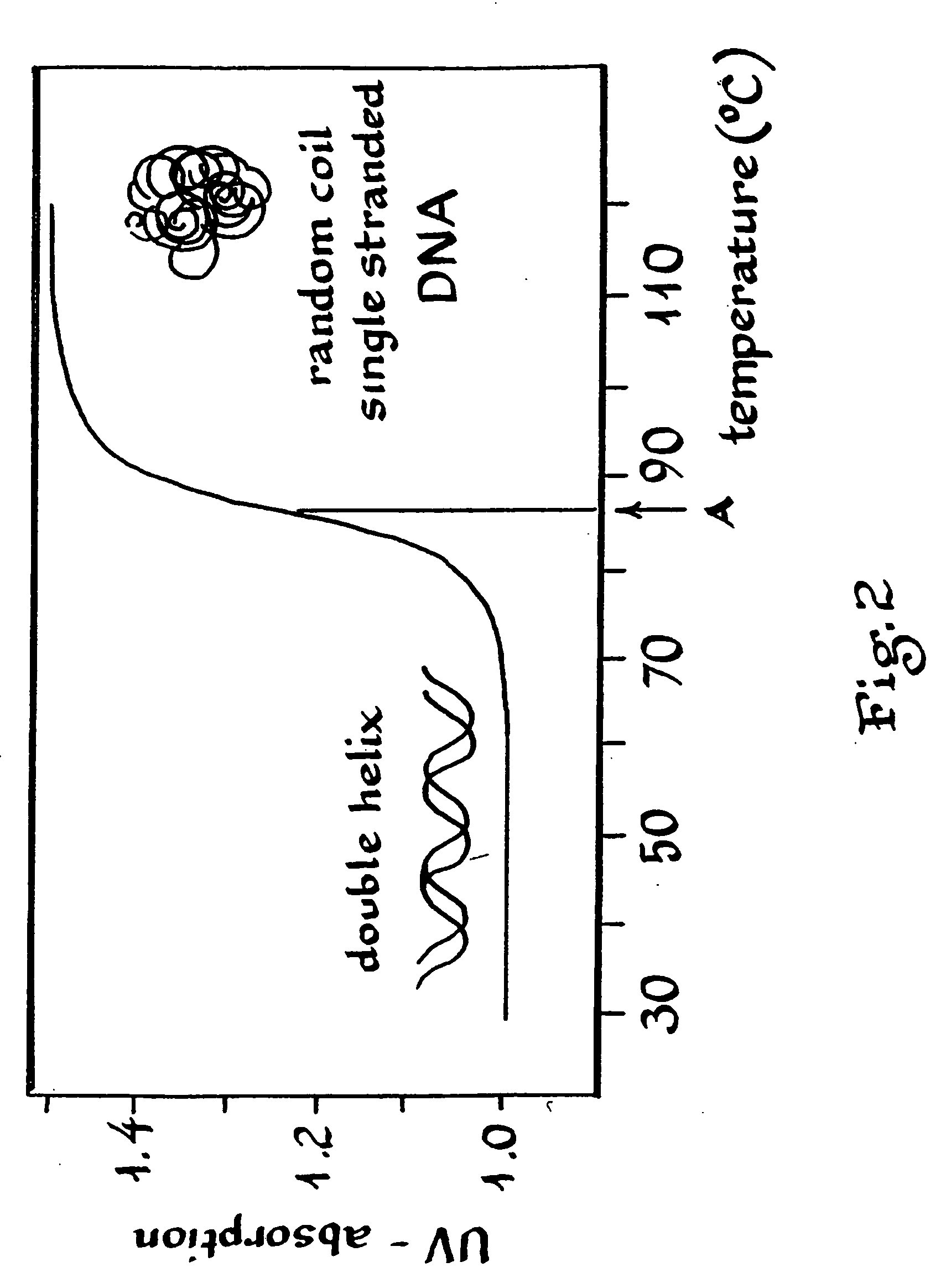Differential photochemical and photomechanical processing
a photomechanical processing and photochemical technology, applied in the field of differential photochemical and photomechanical processing, can solve the problems of insufficient energy for breaking a chemical bond, ionizing energy utilization, etc., and achieve the effect of reducing the percentage of water
- Summary
- Abstract
- Description
- Claims
- Application Information
AI Technical Summary
Benefits of technology
Problems solved by technology
Method used
Image
Examples
example 1
Blood Scrubber
[0150]A blood scrubber is used to treat blood in order to remove or alter an unwanted component such as a virus, infection, or other component, or to denature a particular type of protein. Blood is diverted out of the body as in a dialysis-type procedure. The blood is then passed through a treatment tube constructed from a substrate having an optical transition of proper wavelength range. Synthetic diamond or some other non-reactive substrate that has transparency at the treatment wavelength is preferably used. High power infrared light or electromagnetic energy is focused on the blood as it passes through the treatment tube. The tube has an optical design that maximizes the absorption in the target matter within the blood as to cause the desired effect. Viruses, bacteria, or other undesirable components are targeted.
example 2
Cancer Treatment
[0151]Data was acquired between 200 nm and 4000 cm−1 for human tissue. The objective was to identify preliminary structural changes in malignant DNA and compare this to normal DNA through differences in absorption. Differential was noted in three ranges UV-VIS, NIR and Mid IR. A high degree of differential was located at 265 nm with a difference of about eighty times more absorption in malignant DNA. (See FIG. 2.) Treatment is not always carried out at the maximum differential in this case at 280 nm. The 265 nm wavelength was chosen over other possible wavelengths due to its low absorption in normal tissue. This is described as the clear path or optimal treatment site. Energy at 265 nm is emitted by appropriate source (i.e.) excimer laser, diode pumped solid state laser, semiconductor laser or flash lamp or other source depending on flux density required per application. Said energy is emitted directly or conveyed to the sight of the lesion and surrounding tissue thr...
example 3
Rice
[0155]Rice spectra from 5-10 samples were compared for common absorption peaks. See FIG. 3. Pests that are to be targeted were also evaluated for common absorption peaks. Differential absorption peaks were established. For this application a black body source was chosen.
[0156]The black body source was tuned by means of controlling the input power to have a temperature of about 3800° F. This yields an efficiency of about 85% energy conversion.
[0157]A black body at 3800° F. has a peak emission at about 1900 nm, matching a combined strong OH bend / stretch absorption peak in pest internal water. The water in rice also has this characteristic peak, but water is a much smaller component of rice. The emission was filtered with a 2000 nm cut off filter to avoid an absorption peak in rice starch and protein. The rice being treated had a water content of about 14%, the pest water content was estimated to be over 75%. Treatment times were from two to ten seconds at a flux density of about t...
PUM
| Property | Measurement | Unit |
|---|---|---|
| Temperature | aaaaa | aaaaa |
| Wavelength | aaaaa | aaaaa |
| Heat capacity | aaaaa | aaaaa |
Abstract
Description
Claims
Application Information
 Login to View More
Login to View More - R&D
- Intellectual Property
- Life Sciences
- Materials
- Tech Scout
- Unparalleled Data Quality
- Higher Quality Content
- 60% Fewer Hallucinations
Browse by: Latest US Patents, China's latest patents, Technical Efficacy Thesaurus, Application Domain, Technology Topic, Popular Technical Reports.
© 2025 PatSnap. All rights reserved.Legal|Privacy policy|Modern Slavery Act Transparency Statement|Sitemap|About US| Contact US: help@patsnap.com



